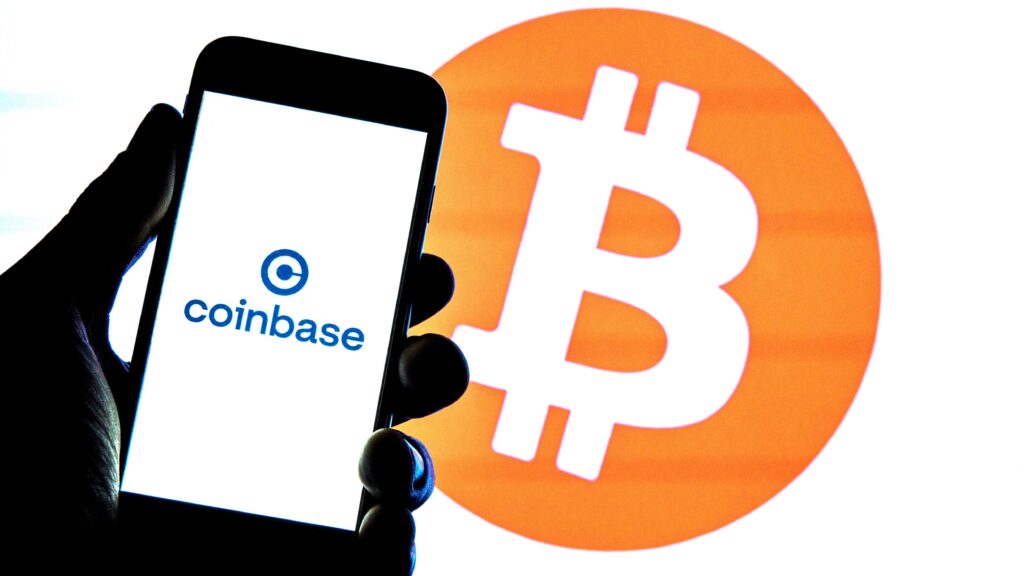In the world of cryptocurrencies, the importance of securing your digital assets cannot be overstated. One of the most effective ways to do this is by using a cold wallet, also known as a hardware wallet Ellipal Cold Wallet.
A cold wallet is a physical device that stores your cryptocurrencies offline, making it much more difficult for them to be hacked or stolen. The Ellipal cold wallet is a popular choice among crypto enthusiasts for its hardware-based security and compatibility with various cryptocurrencies.
In this blog post, we will provide a comprehensive guide to the Ellipal cold wallet, including its features, how to set it up and use it, and a comparison with other cold wallet options. Whether you’re new to cryptocurrencies or an experienced investor, the Ellipal cold wallet is a reliable and user-friendly choice for securing your digital assets.

Features of the Ellipal cold wallet
One of the standout features of the Ellipal cold wallet is its hardware-based security. The wallet itself is a physical device that stores your cryptocurrencies offline, providing an extra layer of protection against online threats.
In addition to offline storage, the Ellipal cold wallet also allows you to conduct transactions without an internet connection. This means that you can make transactions on the go, without worrying about the security of your device or internet connection.
The Ellipal cold wallet is also compatible with a wide range of cryptocurrencies, including popular options like Bitcoin, Ethereum, and Litecoin. This makes it a convenient choice for those who hold multiple types of cryptocurrencies.
Despite its advanced security features, the Ellipal cold wallet is also user-friendly and easy to use. The wallet has a simple, intuitive interface that makes it easy to manage and conduct transactions. Overall, the Ellipal cold wallet is a reliable and convenient choice for securing your cryptocurrencies.

How to set up and use the Ellipal cold wallet
Setting up the Ellipal cold wallet is straightforward and can be done in just a few simple steps.
- First, visit the Ellipal website and purchase a cold wallet. The wallet will come with a user manual and a USB cable.
- Next, connect the cold wallet to your computer using the USB cable. The wallet will power on automatically.
- Follow the prompts on the wallet’s screen to create a new wallet or restore an existing one. You will be asked to create a password and write down a recovery phrase, which you should store in a safe place in case you need to restore your wallet in the future.
- Once your wallet is set up, you can start using it to manage and transact with your cryptocurrencies. To do this, simply connect the cold wallet to your computer using the USB cable and enter your password to access the wallet’s interface.
Here are a few tips for securely managing and using your Ellipal cold wallet:
- Always keep your recovery phrase in a safe place, as it is the only way to access your wallet if you forget your password or lose your cold wallet.
- Avoid entering your password or recovery phrase on any device other than your cold wallet.
- Don’t share your password or recovery phrase with anyone, and be wary of phishing attacks or other scams that may try to trick you into revealing them.
- Keep your cold wallet in a secure place, such as a locked safe or cabinet.
By following these tips, you can ensure that your Ellipal cold wallet is secure and that your cryptocurrencies are well-protected.

Comparison with other cold wallets
When it comes to choosing a cold wallet, there are many options available on the market. Here, we will compare the Ellipal cold wallet with a few other popular choices and highlight some of its pros and cons.
One popular alternative to the Ellipal cold wallet is the Trezor cold wallet. Like the Ellipal, the Trezor is a hardware-based cold wallet that provides offline storage and transactions. However, the Trezor only supports a limited number of cryptocurrencies, whereas the Ellipal supports a wider range. Additionally, some users may prefer the Ellipal’s user-friendly interface to the Trezor’s.
Another option is the Ledger Nano cold wallet. Like the Ellipal and Trezor, the Ledger Nano is a hardware-based cold wallet that offers offline storage and transactions. However, it only supports a limited number of cryptocurrencies and may not be as user-friendly as the Ellipal.
Ultimately, the best cold wallet for you will depend on your specific needs and preferences. The Ellipal cold wallet is a reliable and user-friendly choice that offers hardware-based security, offline storage and transactions, and compatibility with a wide range of cryptocurrencies. However, you may want to consider other options and weigh their pros and cons before making a decision.

In conclusion, the Ellipal cold wallet is a reliable and user-friendly choice for securing your cryptocurrencies. Its hardware-based security, offline storage and transactions, and compatibility with a wide range of cryptocurrencies make it a standout option in the world of cold wallets.
Setting up and using the Ellipal cold wallet is straightforward, and by following a few simple tips for securely managing your wallet, you can ensure that your digital assets are well-protected.
Overall, the Ellipal cold wallet is a great choice for those looking to secure their cryptocurrencies and take control of their financial future. Whether you’re new to the world of crypto or an experienced investor, the Ellipal cold wallet is a reliable and convenient way to protect your assets and conduct transactions.




